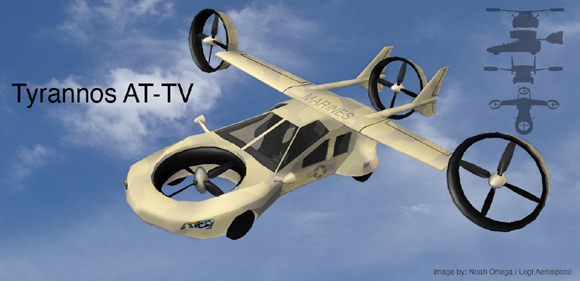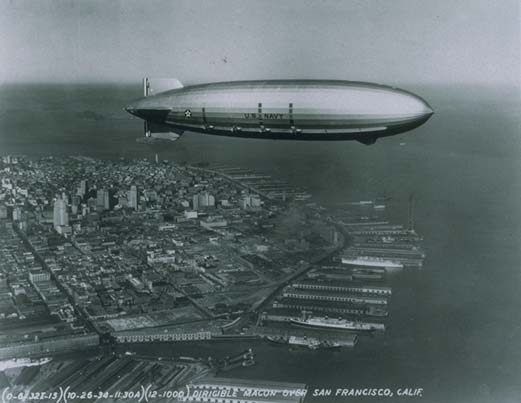This National Post editorial summarizes the report on the bombing of Air India flight 182 twenty-five years ago:
Yesterday, former Supreme Court justice John Major delivered his report into the attack, and the bungled investigation that followed. It is a damning indictment of the performance of the police and the government which does not mince words in portraying officials as slow, disorganzied and curiously detached from the enormity of the attack, which killed all 329 passengers, most of them Canadians. The government was simply not prepared to deal with terrorism, he said, and the two major investigating forces — the RCMP and CSIS — became bogged down in turf wars, bureaucratic battles and alarming displays of investigative ineptitude.
It has long been argued that Canadians’ seeming indifference to the bombing derived from the fact most of the dead were of Indian background, a suspicion Mr. Major addressed directly. “I stress this is a Canadian atrocity,” he said. “For too long the greatest loss of Canadian lives at the hands of terrorists has somehow been relegated outside the Canadian consciousness.”
Prime Minister Stephen Harper met with relatives of some of the victims, calling the report a “damning indictment” and pledging to respond to Mr. Major’s call for compensation and an apology to the victims’ families.
Though it has been apparent for years that the police response to the tragedy was riddled with errors, the extent of the blundering as detailed in Mr. Major’s report is no less startling. While victims’ families clamoured for information and some form of justice against the killers, CSIS and the RCMP lost themselves in bureaucratic battles, treating one another more as rivals than as co-operative forces engaged in the same search for answers. Between them, he noted, there was ample intelligence to signal that Flight 182 was at high risk of being bombed by Sikh terrorists. Yet taken together, their performance at gathering, analysing and communicating information was “wholly deficient.
As I mentioned the other day, the RCMP has largely squandered their once sterling reputation, and Mr. Major’s report makes it clear that the rot has been long-established and festering. It’s up to the federal government to make some serious changes to save that organization — or to disband it and start over fresh. For historical reasons, I hope reform is possible, but I’m not betting on it.
The point that most Canadians didn’t see this atrocity clearly because the vast majority of the victims were of Indian origin is well made: Canadians, for all of our vaunted “multicultural values”, didn’t see all those innocent people as part of our nation. Racism isn’t pretty, especially for a country that pretends to be beyond such historical problems.






